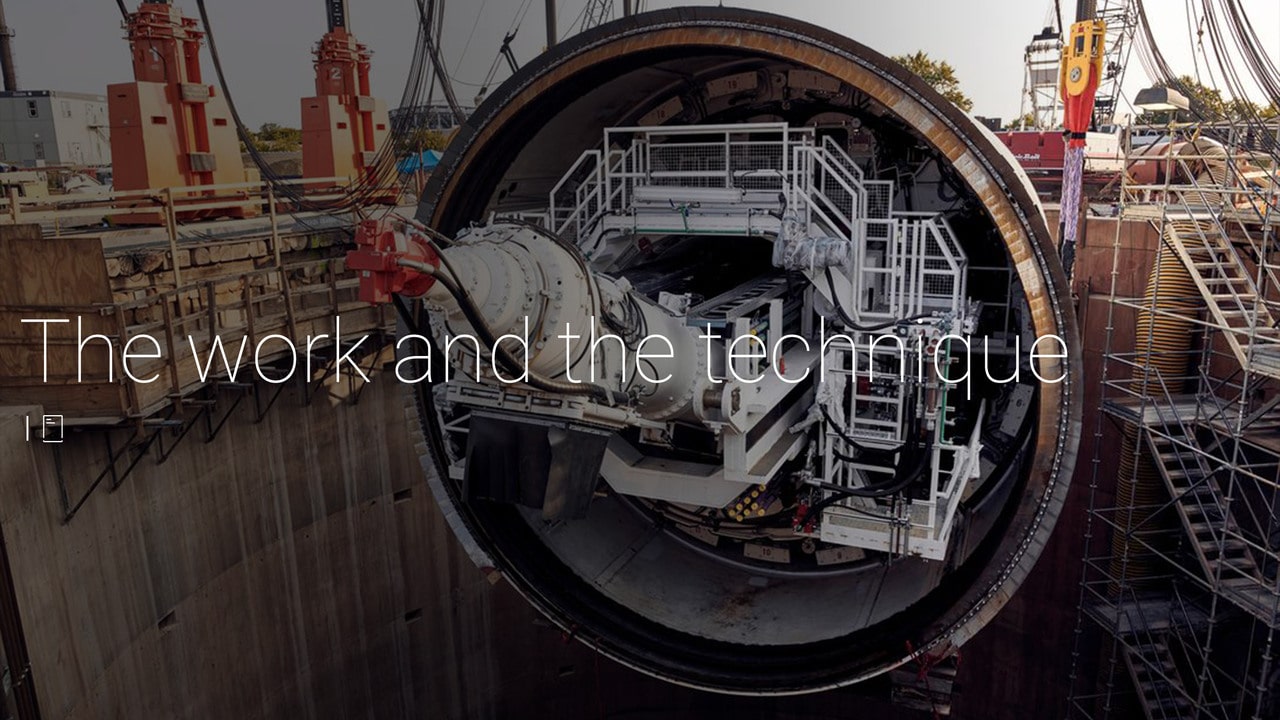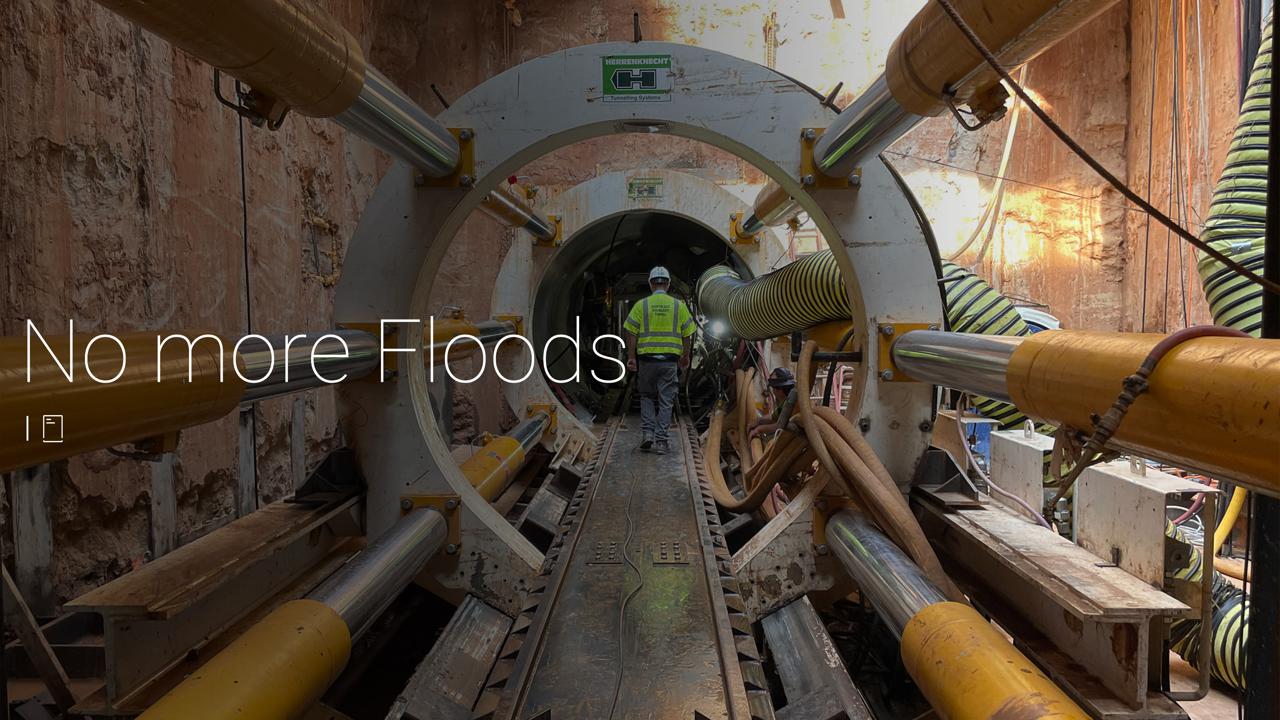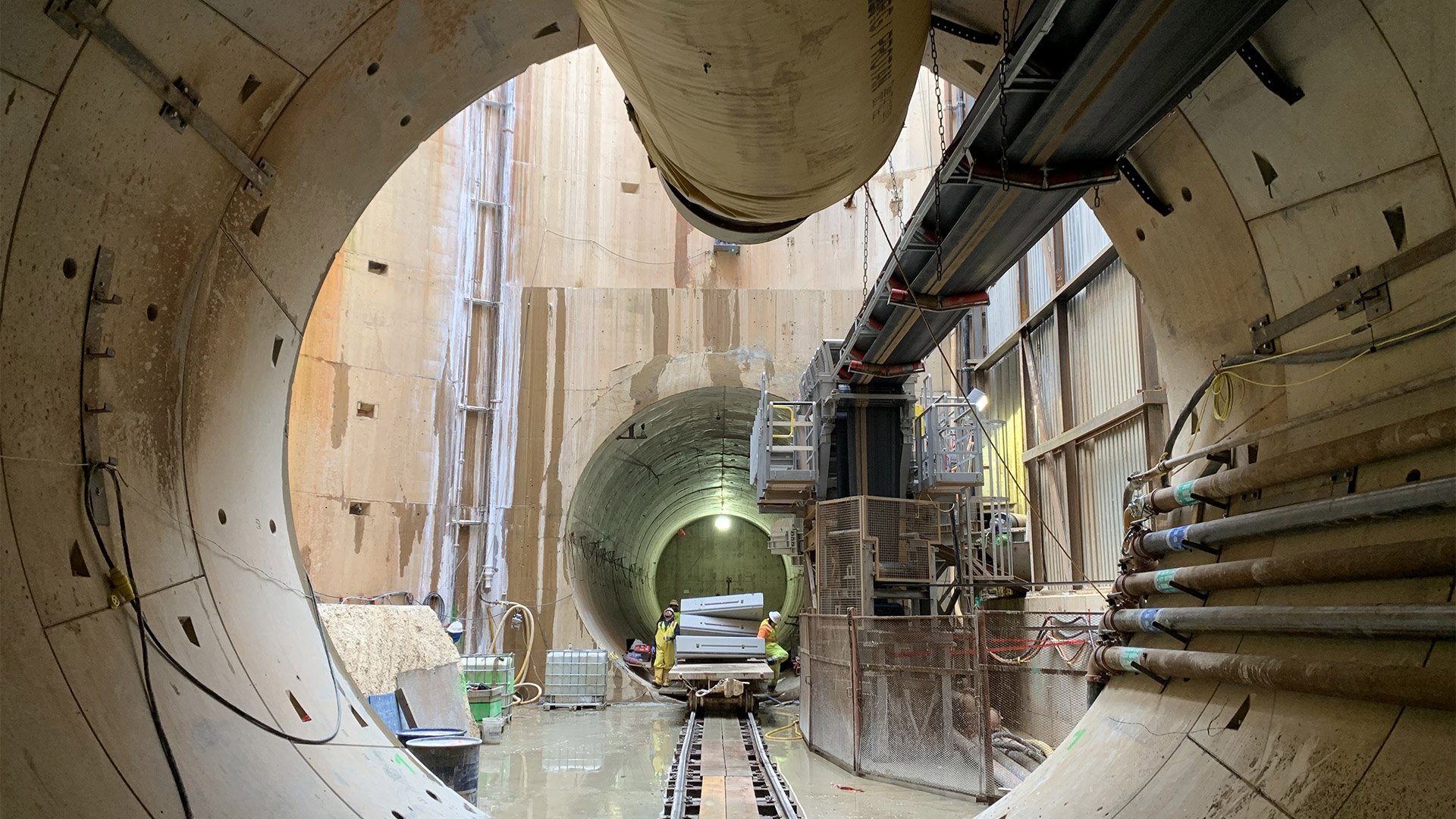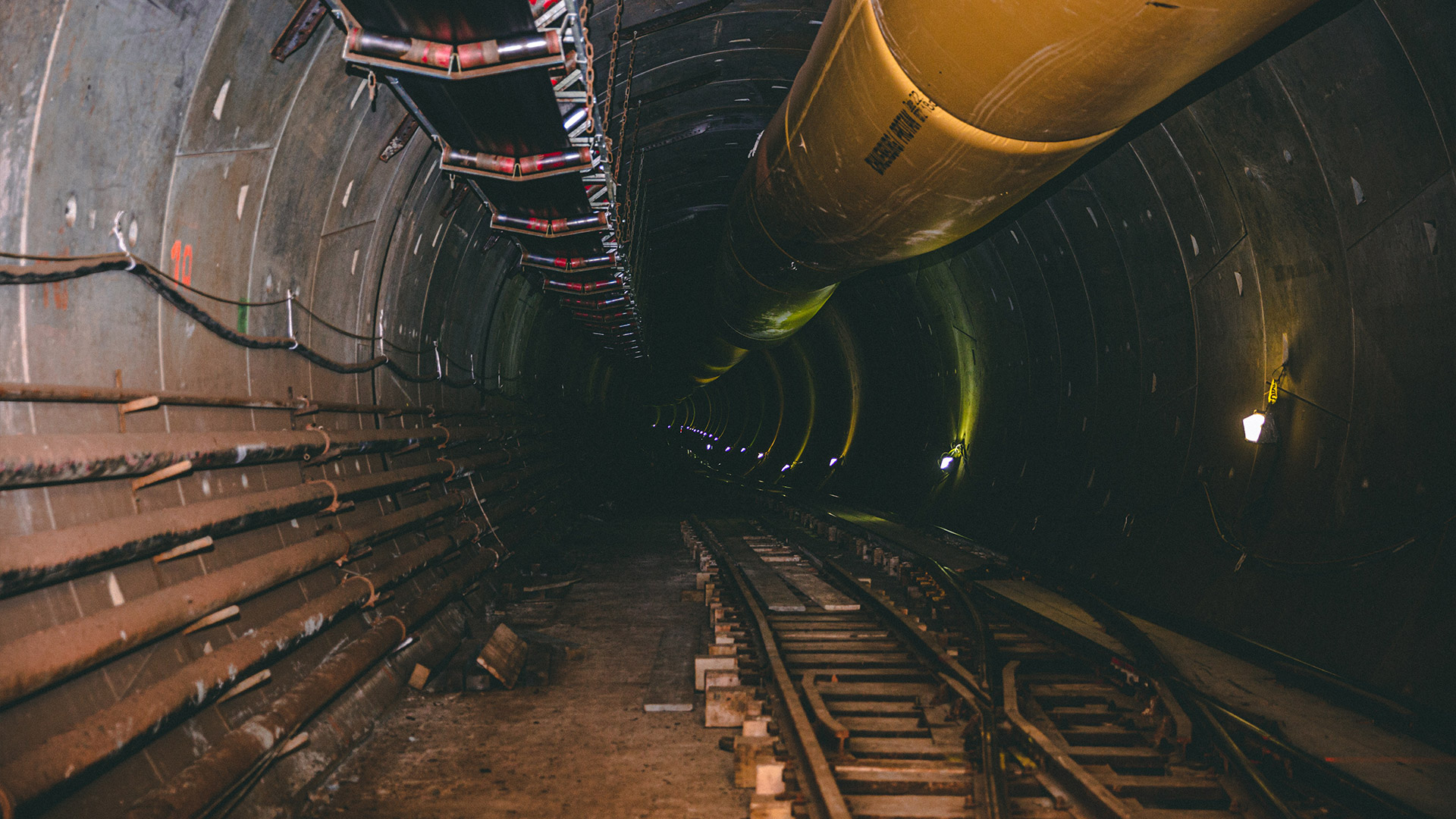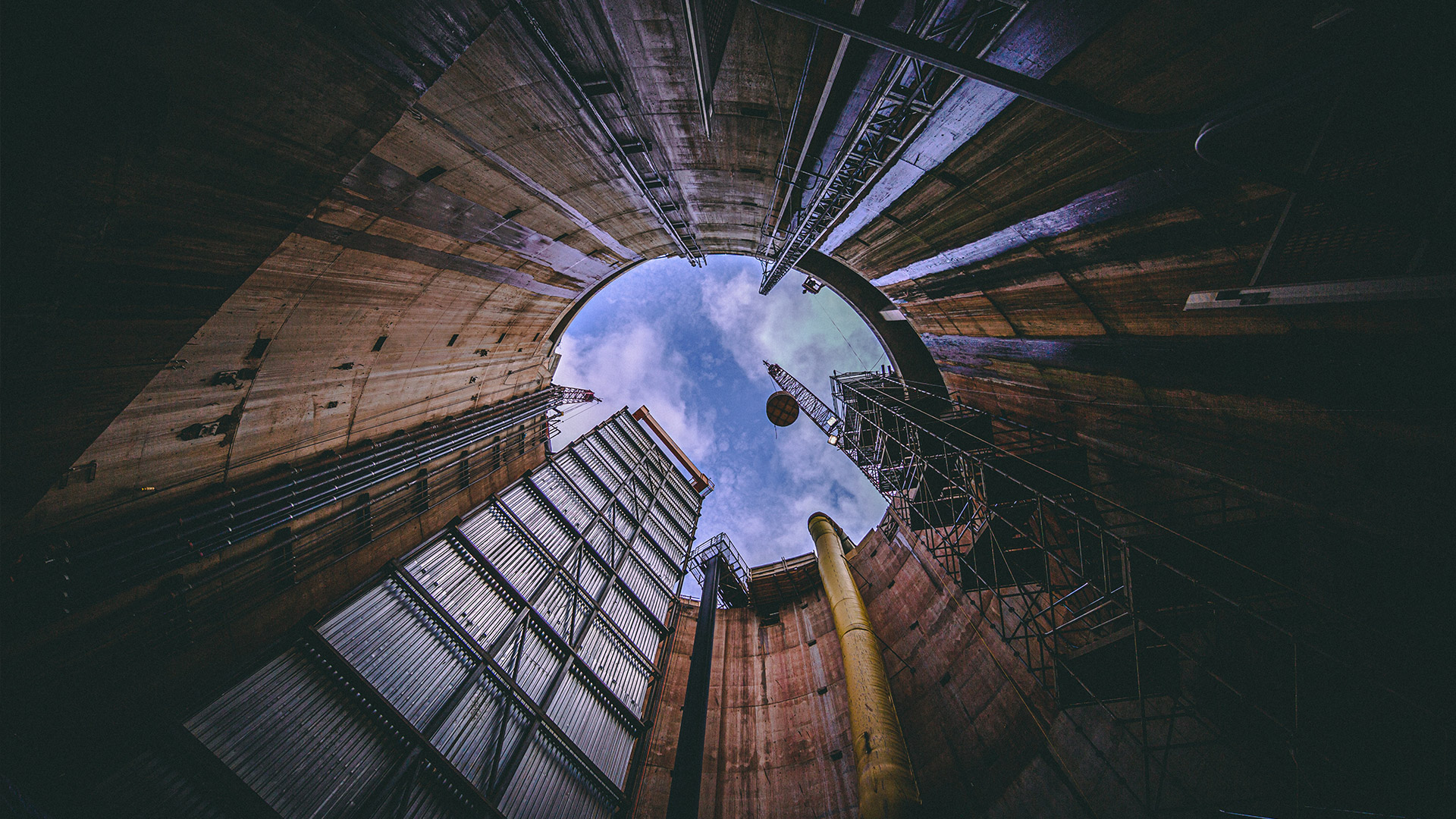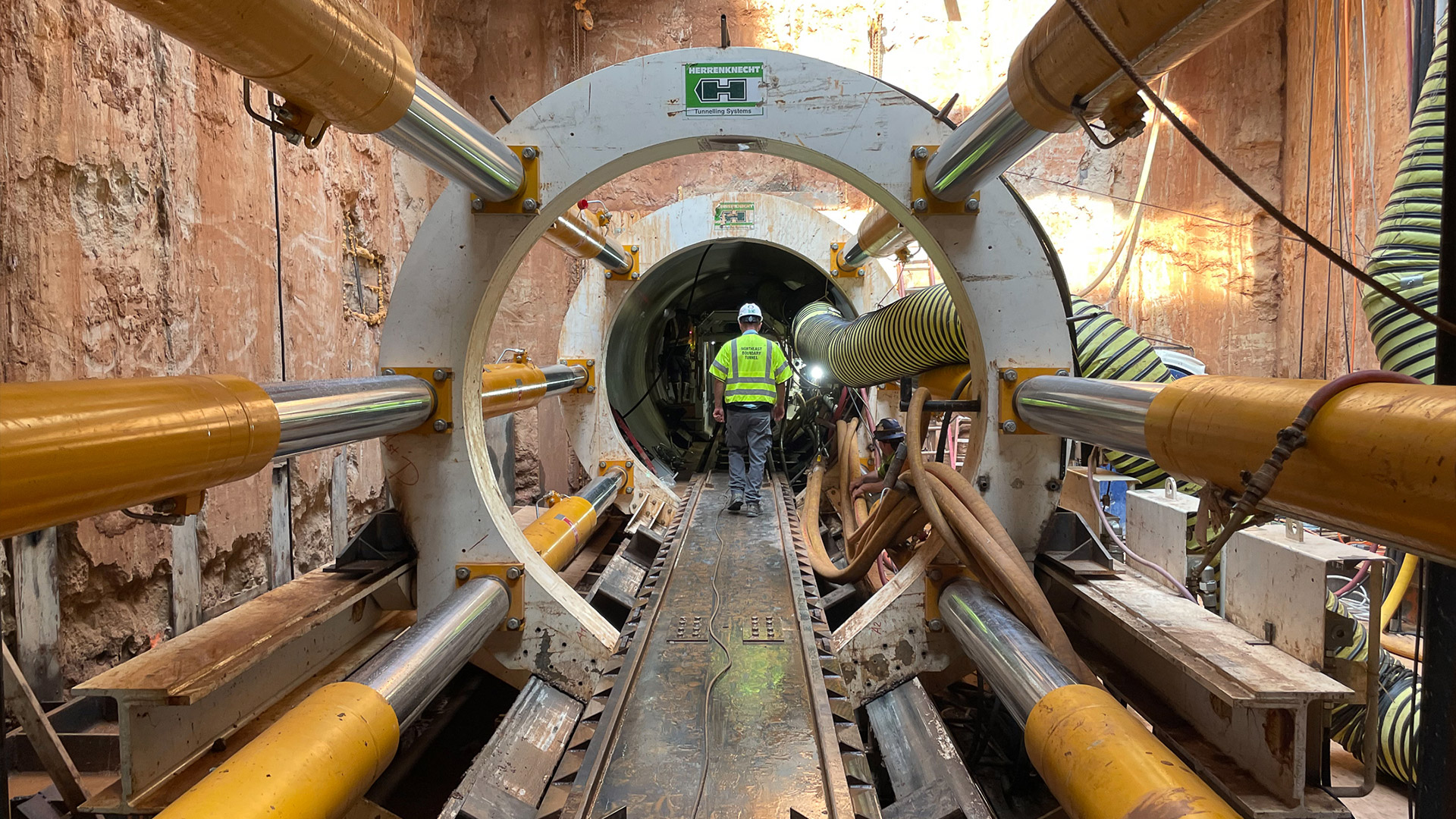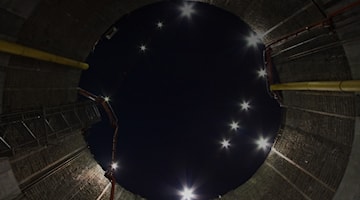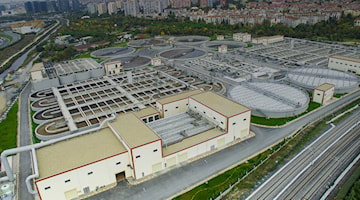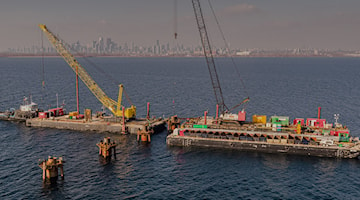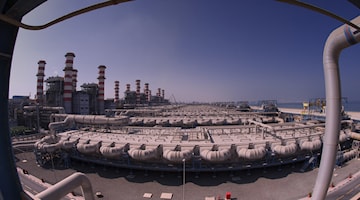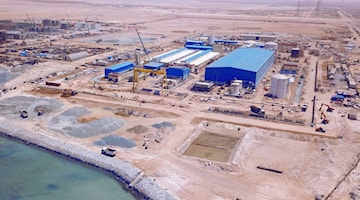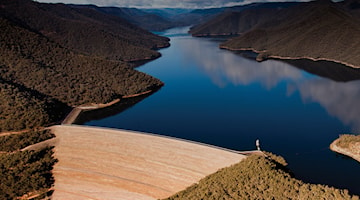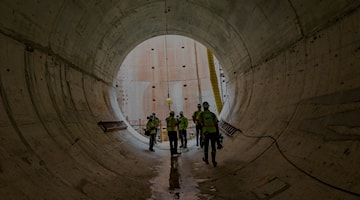An infrastructure to tame waters.
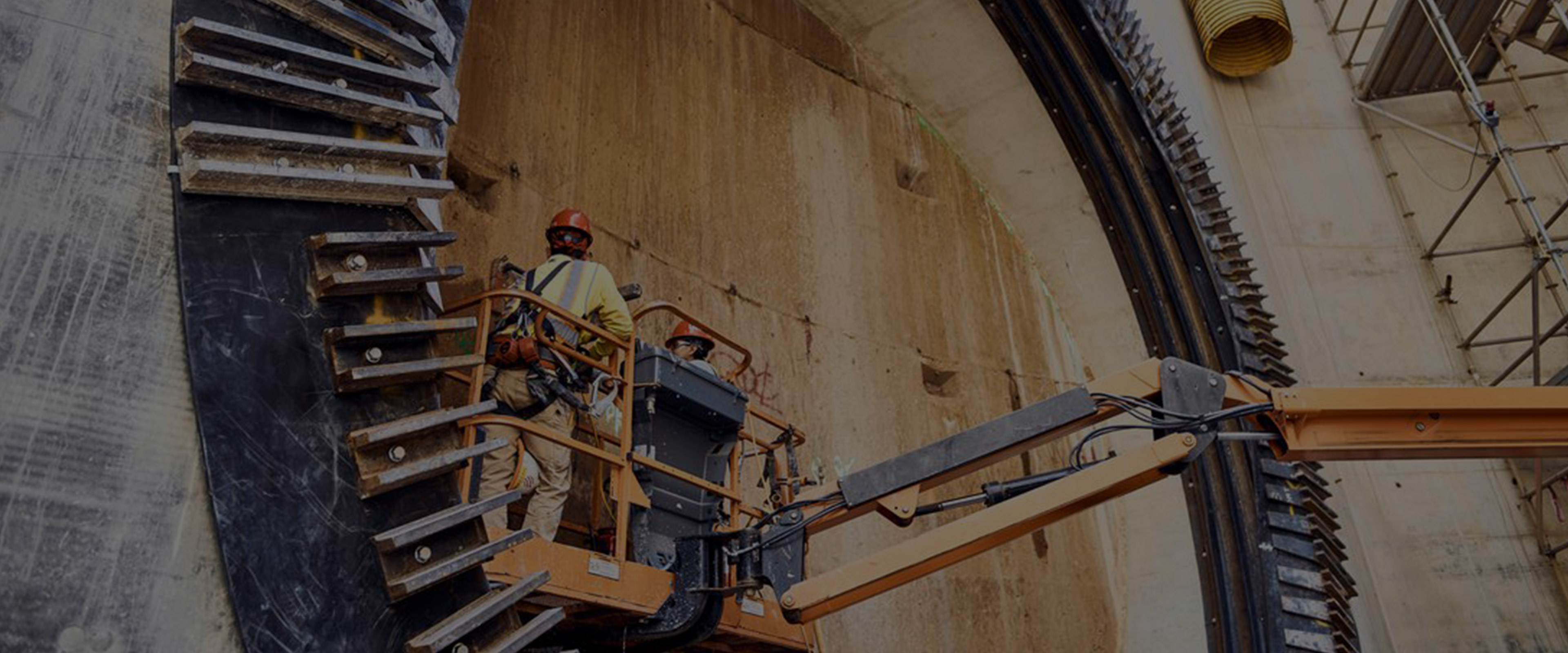
NORTHEAST BOUNDARY TUNNEL (NEBT), USA
Founded in 1790 and the capital of the United States since 1801, Washington D.C. has been the residence of every U.S. president except one, George Washington.
And even if he hadn’t died a year before the completion of the work, he would never have been able to answer the phone: the White House’s first telephone line was installed in 1878, and its number was simply 1, while the first phone in the Oval Office was not installed until 1929. These are some of the curiosities of one of the planet's most iconic places. In this city, one of the most futuristic projects to contain rainwater is being built. It is called the DC Waters Clean River, made form the First Street Tunnel (operating since 2016), by the Anacostia River Tunnel link (operating since 2018) and by a third tunnel that will connect both: the Northeast Boundary Tunnel, the largest and most important part of the project.
Spanning 8.2 km, the tunnel extends from the Robert F. Kennedy Stadium to the intersection between Rhode Island Avenue NW and 6th Street NW. In case of flooding, it puts water of the sewage system into the C Water’s Blue Plains Advanced Wastewater Treatment Plant, the largest wastewater treatment plant in the world, from which the treated water flows into the Potomac River.

THE WORK AND THE TECNIQUE
KM TUNNEL LENGTH
MT TUNNEL DEPTH
MT INTERNAL DIAMETER
INSTALLED RINGS
DC WASA - District of Columbia Water and Sewer Authority
joint venture Webuild and SA Healy (70%), a subsidiary of Lane Construction, part of the Webuild Group
The Northeast Boundary Tunnel, designed to last for 100 years, has a diameter of 7 metres, 4,442 rings, and was excavated at a depth of 30 metres.

CULTURAL INSIGHTS
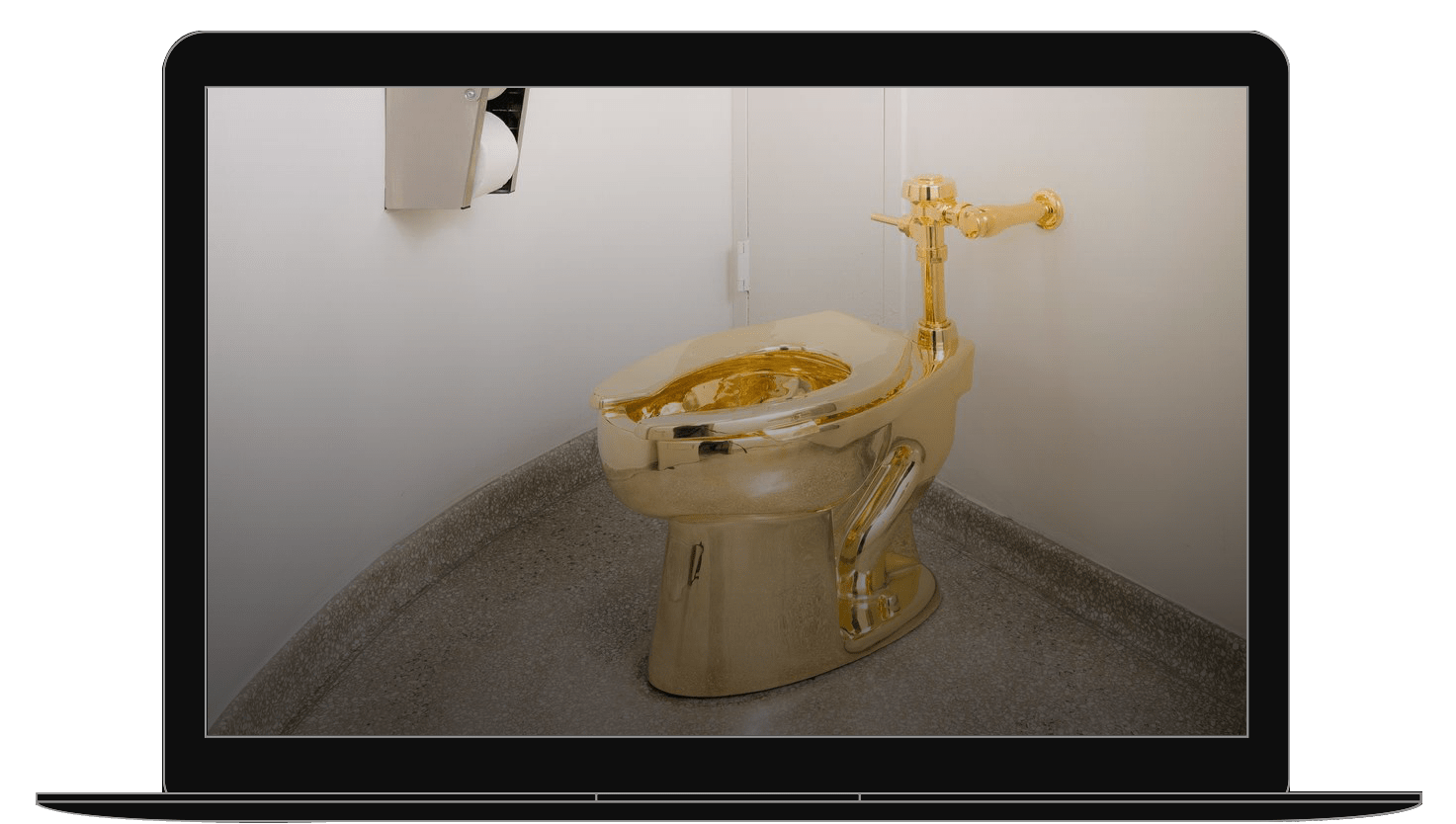
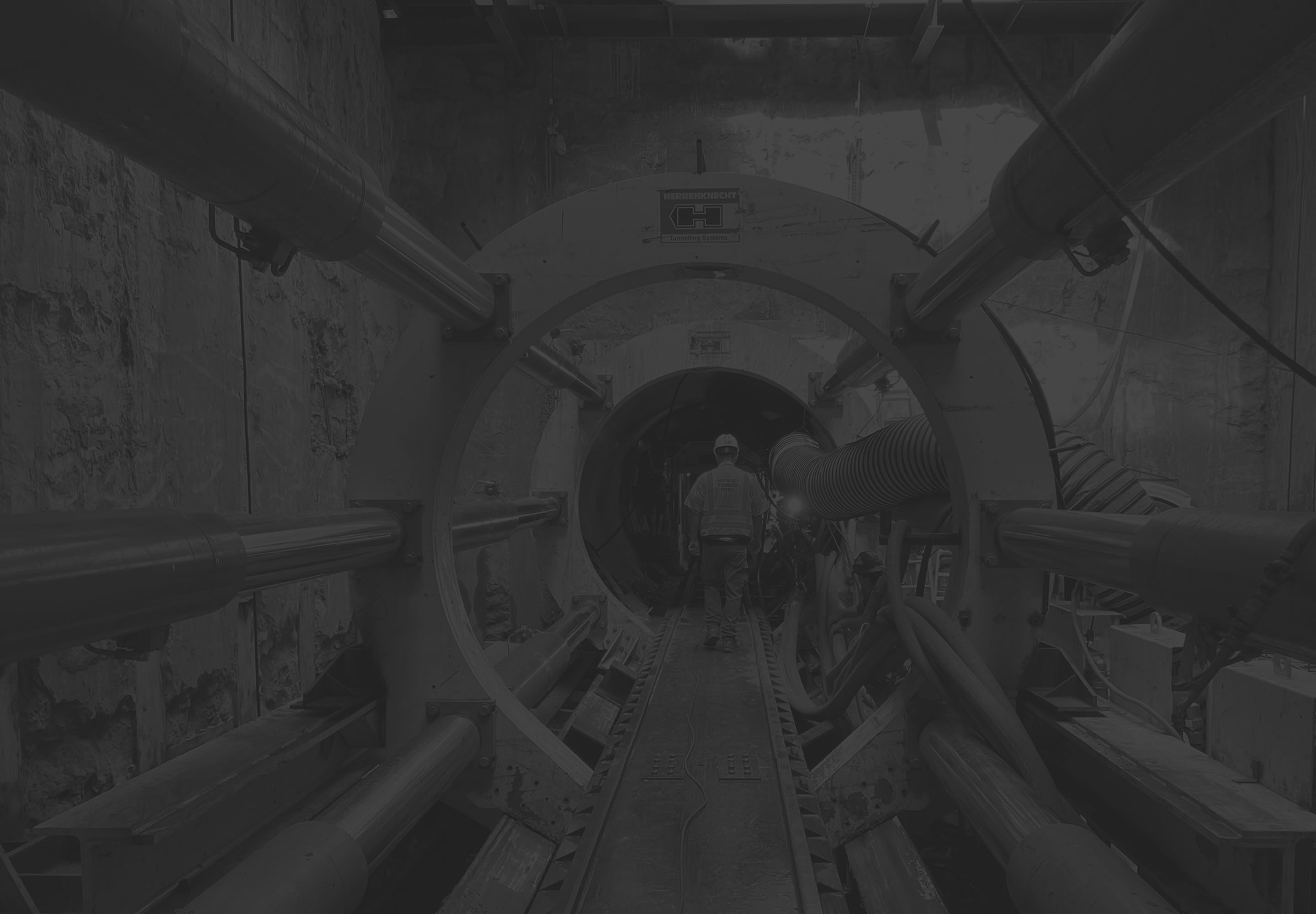
No more Floods
The Northeast Boundary Tunnel solved a difficult issue: the sewage channelling system of Washington dates, with regard to the most ancient sections to 1810, the year when the US capital counted 15,741 people i.e., 2.24% of the actual 702,250. In 1890, the CSS combined sewage system would have been kept, but the future network extensions would use a new model. The decisions that were made in 1890, when the population slightly exceeded 230,000 units, conditioned the subsequent development which was caused by the frequent overflowing of the wastewater.
In a nation where the pro-capita water consumption for domestic use exceeds 300 daily litres, the water efficiency topic is key: during years with average rainfalls DC Water estimates that combined sewage systems overflow in the Anacostia at least 20 times every year and 77 in the Potomac, putting approximately 1.48 billion litres in the first river mentioned and 2.562 in the second river mentioned. Material and detritus collection systems are therefore obviously essential, especially for works like the Northeast Boundary Tunnel that reduces flooding dangers by an overall 86%, and the wastewater and untreated rainwater involuntary discharge into the Anacostia by 98%.
less flooding danger
reduction of the volume of untreated discharged material into the Anacostia River






